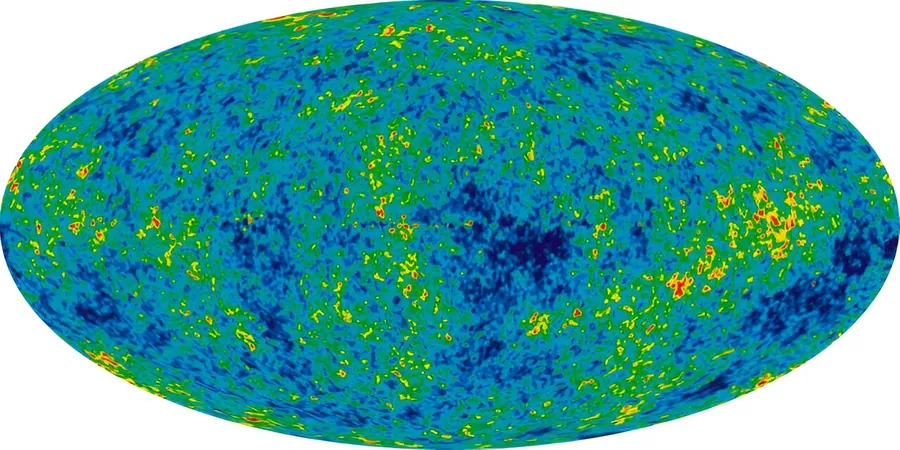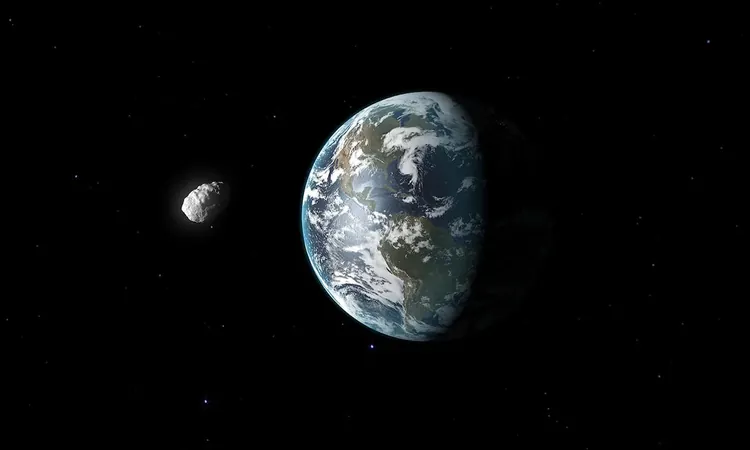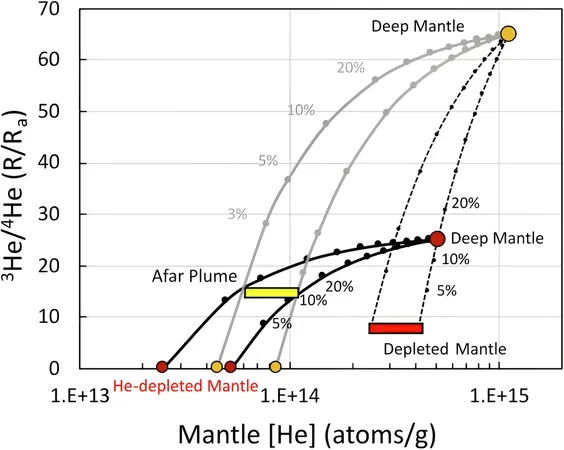
Groundbreaking Research Unveils Stable Holographic Dark Energy Model – A New Era for Cosmology!
2024-09-26
Groundbreaking Research Unveils Stable Holographic Dark Energy Model – A New Era for Cosmology!
In an astonishing revelation, scientists have advanced our understanding of the universe's mysterious expansion with the creation of a stable model of holographic dark energy. This breakthrough comes in the wake of the 1998 discovery that our universe is not only expanding but doing so at an accelerating rate, prompting the introduction of dark energy as a vital component of modern cosmology.
Dark energy, a form of energy that saturates the entirety of space-time yet remains elusive to direct observation, has long puzzled physicists. Its properties are highlighted in the standard cosmological model, yet several unresolved issues—namely the cosmological constant problem and the fine-tuning problem—have called this representation into question.
Researchers from Kant Baltic Federal University (BFU) have proposed an alternative: a holographic dark energy model. Their significant findings, recently published in the journal Physics Letters B, offer a fresh perspective on the accelerated expansion of our universe. According to Alexander Tepliakov, a junior researcher at BFU, "This model stems from the holographic principle, derived from quantum gravity and string theory, which suggests that all physical properties in a given volume can be reconstructed from its boundary."
Imagining the universe as a hologram opens the door to a revolutionary way of studying the cosmos, focusing on boundary parameters rather than conventional volume-based representations. The initial holographic dark energy model proposed in 2004, however, suffered from a critical flaw—a negative sound speed square, a metric indicating instability within the model.
The BFU research team has shifted the paradigm by reframing dark energy not as a uniform liquid, but as perturbations that embody the metric characteristics of space-time. This new interpretation has led them to confirm the stability of the holographic dark energy model—a remarkable feat that could redefine our cosmological understanding.
Tepliakov emphasizes, "Our next step is to correlate this model with observational data from space telescopes. With precise data set to become available in 2024, including relationships from Type Ia supernovae and baryon acoustic oscillations, we’ll be able to determine how well our cosmological model aligns with the real universe."
As we stand on the brink of a potential paradigm shift in cosmology, the implications of stabilizing holographic dark energy could reshape not just our understanding of dark energy but also our comprehension of the universe itself. Stay tuned for upcoming developments—this is only the beginning!



 Brasil (PT)
Brasil (PT)
 Canada (EN)
Canada (EN)
 Chile (ES)
Chile (ES)
 España (ES)
España (ES)
 France (FR)
France (FR)
 Hong Kong (EN)
Hong Kong (EN)
 Italia (IT)
Italia (IT)
 日本 (JA)
日本 (JA)
 Magyarország (HU)
Magyarország (HU)
 Norge (NO)
Norge (NO)
 Polska (PL)
Polska (PL)
 Schweiz (DE)
Schweiz (DE)
 Singapore (EN)
Singapore (EN)
 Sverige (SV)
Sverige (SV)
 Suomi (FI)
Suomi (FI)
 Türkiye (TR)
Türkiye (TR)